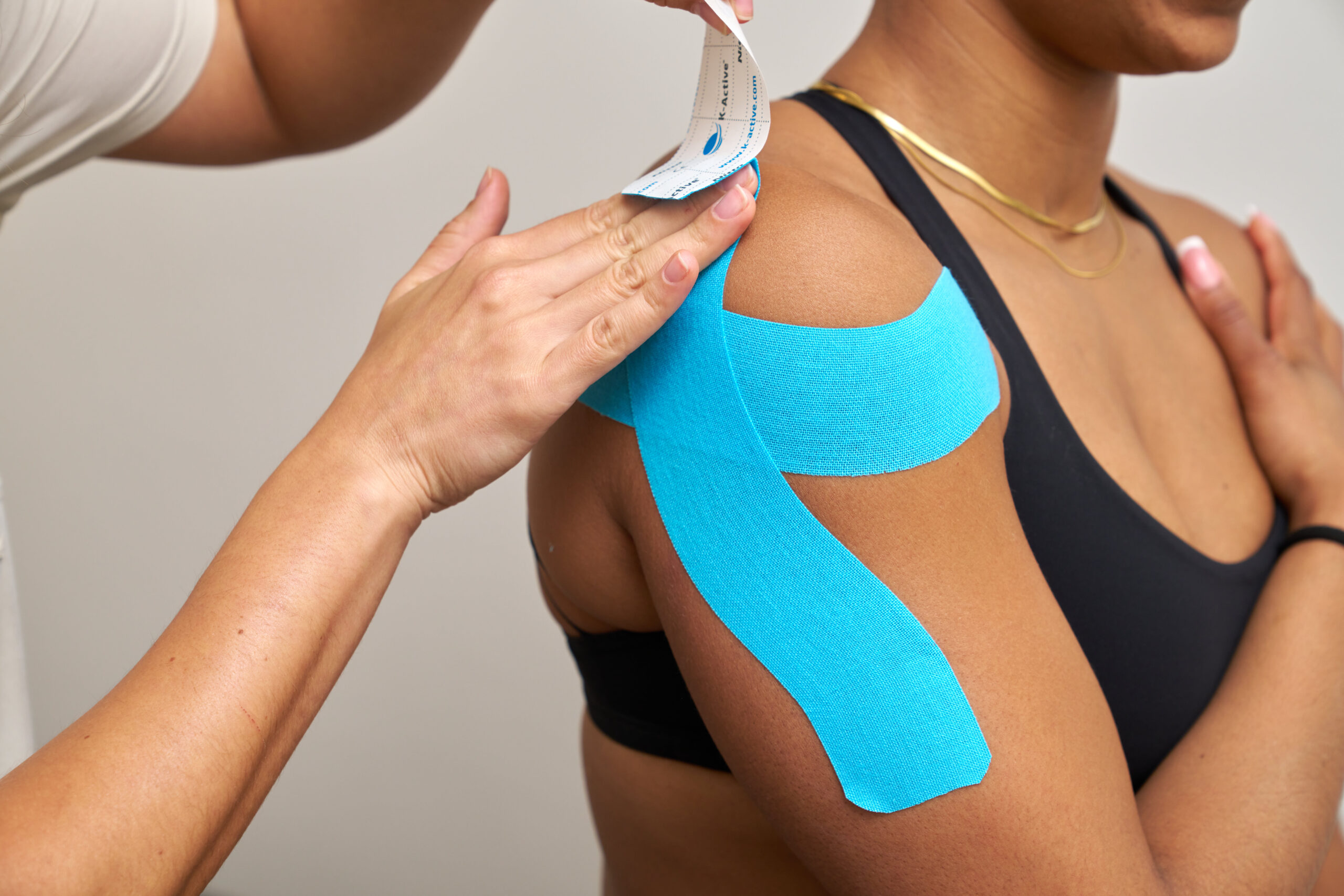
Turn Your Setback into a Comeback: Five Strategies to Keep Training While Injured
Injuries can really throw a spanner in the works, and let’s be honest, there’s nothing fun about them. Especially when you’re dealing with a limb you can’t fully use. Imagine having to open a jar with only one hand or climbing stairs with only one leg. I get frustrated just thinking about it! But worst of all – getting injured often means stepping back from making progress and reaching goals… Or does it?
Just because you’re dealing with an injury, doesn’t mean you have to hit pause on everything. It’s about figuring out how to keep moving forward in a way that works with your body’s current limits. And in the grander scheme of things, learning how to train even through setbacks plays an essential part in what keeps us in the game of life for the long run. Longevity, with regards to health and fitness, isn’t about pushing hard all the time, it’s about adapting, staying consistent, and taking care of your body so you can keep doing what you love, with those you love, in a way that you love, for years to come.

Five Strategies to Keep Training While Injured
Even with an injury, there are still plenty of ways to stay active and keep working towards your goals.
- Adapt your workouts to resemble your regular routine as much as possible
- Focus on training the opposite end of your body
- Work on strengthening the opposite side of your body
- Improve your cardiovascular endurance
- Strengthen your core for overall stability
At The Flow Space, we take a multidisciplinary approach, ensuring that training modifications are both safe and effective. As one of the Corrective Exercise Specialists in the gym, I work alongside a team of physiotherapists, chiropractors, and a sports medicine doctor, and together we collaborate to design the best programs for recovery.

1. Adapt your workouts, but not too much
One common mistake when injured is completely changing a workout routine. Such a dramatic response is really not necessary. In actual fact, you should try to keep your modified program as close as possible to your usual exercises. Instead of removing certain movements entirely, simply make a few adjustments.
- Unable to squat? Explore exercises that will reduce the range of motion or pressure, try changing your stance, perhaps incorporate split squats for aching knees, or use a heel wedge for ankle-related issues.
- Unable to deadlift? Consider rack pulls, using different types of bars, or substituting with hip thrusts and glute bridges that still mimic the same movement patterns.
Isolated movements, non-weight-bearing exercises, and isometric holds can also be included in a modified plan. These can serve as rehabilitation, correction, maintenance and even progression in areas such as strength and power.
2. Focus on the Uninjured Areas
If one part of your body is injured, the rest can still move and make gains.
Upper body injury? Focus on lower body strength.
Lower body injury? Shift your attention to upper body development.
Lower Body Training with an Upper Body Injury
- Equipment that minimizes upper body involvement, such as the seated leg press or seated leg curl to isolate the lower body without needing additional stabilization.
- Bodyweight exercises such as split squats and step ups, or banded movements such as monster walks, are all perfect for glute activation without upper body load.
- Isometric exercises such as wall sits or glute bridge holds allow for tension build up with minimal movement required, especially for the upper body.
Upper Body Training with a Lower Body Injury:
- Seated & Supported Positions, such as seated shoulder press or chest supported rows, which utilizes benches or machines allows the focus on pushing/pulling without stressing injured legs.
- Half-kneeling or tall-kneeling variations for pressing or rowing also reduce leg involvement while engaging the core and promoting stability and control.
- Lighter loads, slower tempo, or increased reps can help to maintain challenge in the case where you may not have strong lower body support to lift as heavy.

3. Train the Opposite Side of Your Body
The body has an incredible ability known as cross-education, where training one side results in strength gains on the opposite side. This effect is believed to stem from neural adaptations in the brain, making it a powerful tool for staying strong while recovering. To maximize this benefit:
- Lift heavy – challenging loads create the best neural response.
- Stay focused – high levels of concentration enhance cross-education effects.
- Incorporate eccentric movements – slow, controlled lowering phases may enhance strength transfer (time under tension for the win!).
Some effective unilateral exercises include:
- For upper body: Single-arm bench press, single-arm rows, single-arm Arnold press
- For lower body: Single-leg Romanian deadlifts, single-leg squats, single-leg bridges
4. Maintain Aerobic Fitness
If your usual cardio routine isn’t possible, there are still ways to maintain or even improve your endurance with certain modifications:
- Stationary options: Bikes and cross trainers are excellent low-impact choices.
- Boxing drills: If bouncing is an issue, seated boxing can be a safer alternative.
- Battle ropes: Can be performed kneeling, seated, or on one leg.
- Sled drags using a rope: Ideal for lower body injuries, though assistance may be needed between sets.

5. Strengthen Your Core
Regardless of the injury, most people can find some form of core training that works for them. The key is to experiment with different exercises and modifications. Choose those that don’t aggravate your injury and use positions (like seated, supine, or supported) that feel safe and stable.
- If you have a lower body injury: Stick to movements that don’t require standing, leg movement, or lower body stabilization. These include Dead Bugs, Heel Taps, and Modified Planks.
If you have an upper body injury: You’ll want to minimize load on the arms, shoulders, or wrists. Opt for exercises such as Marching Bridges, Banded Paloff Press, and Leg Lowering Variations.
So if you found yourself neglecting training your midsection, now is the perfect time to change that.

Turn Setbacks into Opportunities
No matter what injury you’re dealing with, there are always ways to continue training, it may just look a little different than it did before. So, instead of focusing on what you can’t do, focus on what you CAN, and use this time as an opportunity to improve weaknesses and come back stronger and wiser than before. This mindset doesn’t just support short-term recovery; it’s an integral part of building long-term resilience and longevity, helping you stay in the game for life, not just for now.
If you’re looking for guidance in adapting your workouts while recovering from an injury, consulting with a knowledgeable coach, sports medicine doctor or physiotherapist can help you stay on track safely. At The Flow Space, we take a collaborative approach to injury recovery, ensuring you get the best possible outcomes while maintaining progress in your training. We’re ready to help you when you’re ready to help yourself.
Categories
Recent Posts
Posted In Biomechanics, Flow Team, General Health, Holistic Body Work, Physiotherapy, Sports Medicine
Posted On 06 June 2025